This lovely Thyme forms a dense mat of dark green, semi-evergreen leaves. Excellent for use in between steppers or as a lawn alternative. Once established it is drought tolerant. In early summer it is smothered with magenta-red flowers.
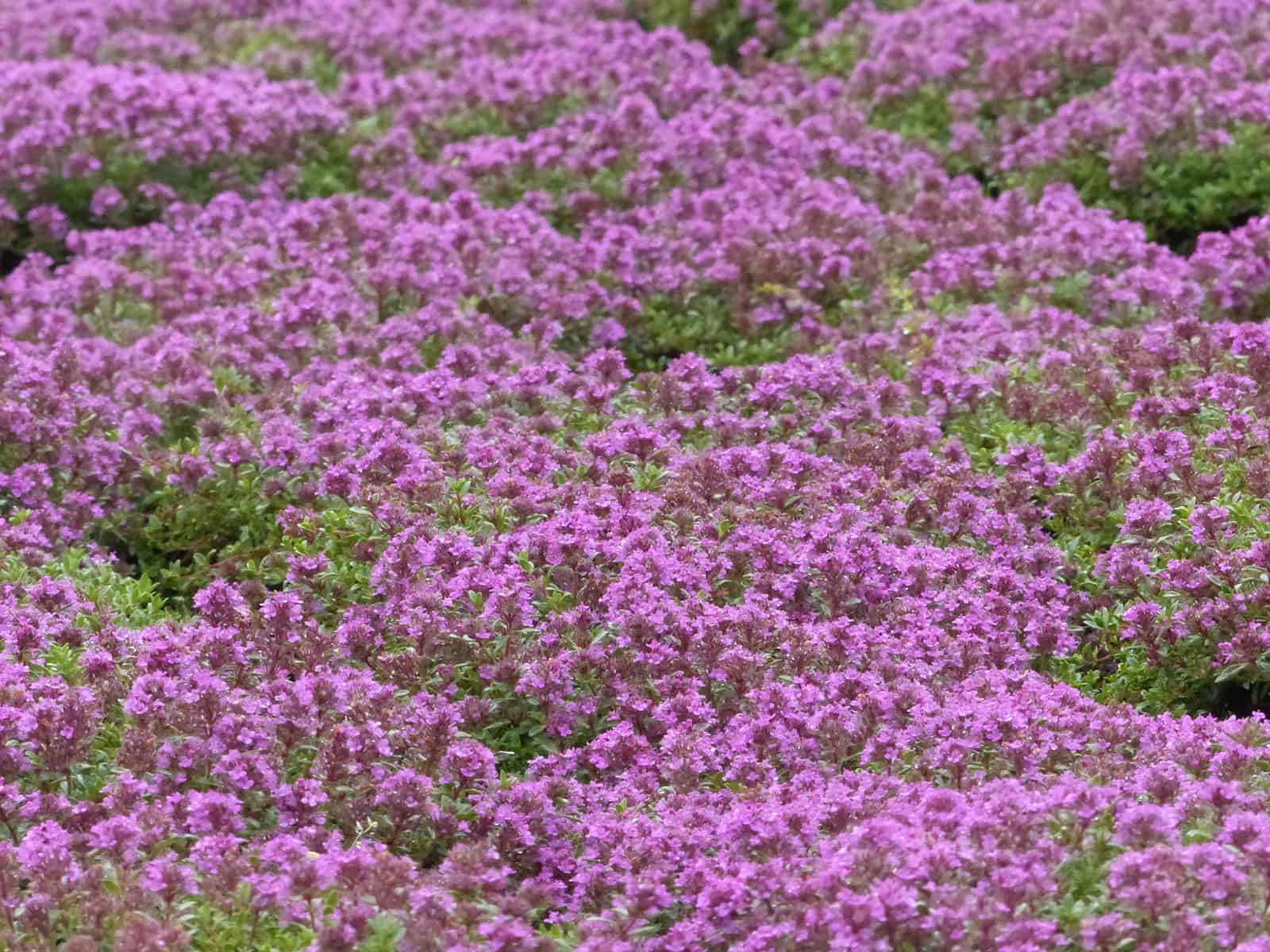
This lovely Thyme forms a dense mat of dark green, semi-evergreen leaves. Excellent for use in between steppers or as a lawn alternative. Once established it is drought tolerant. In early summer it is smothered with magenta-red flowers.
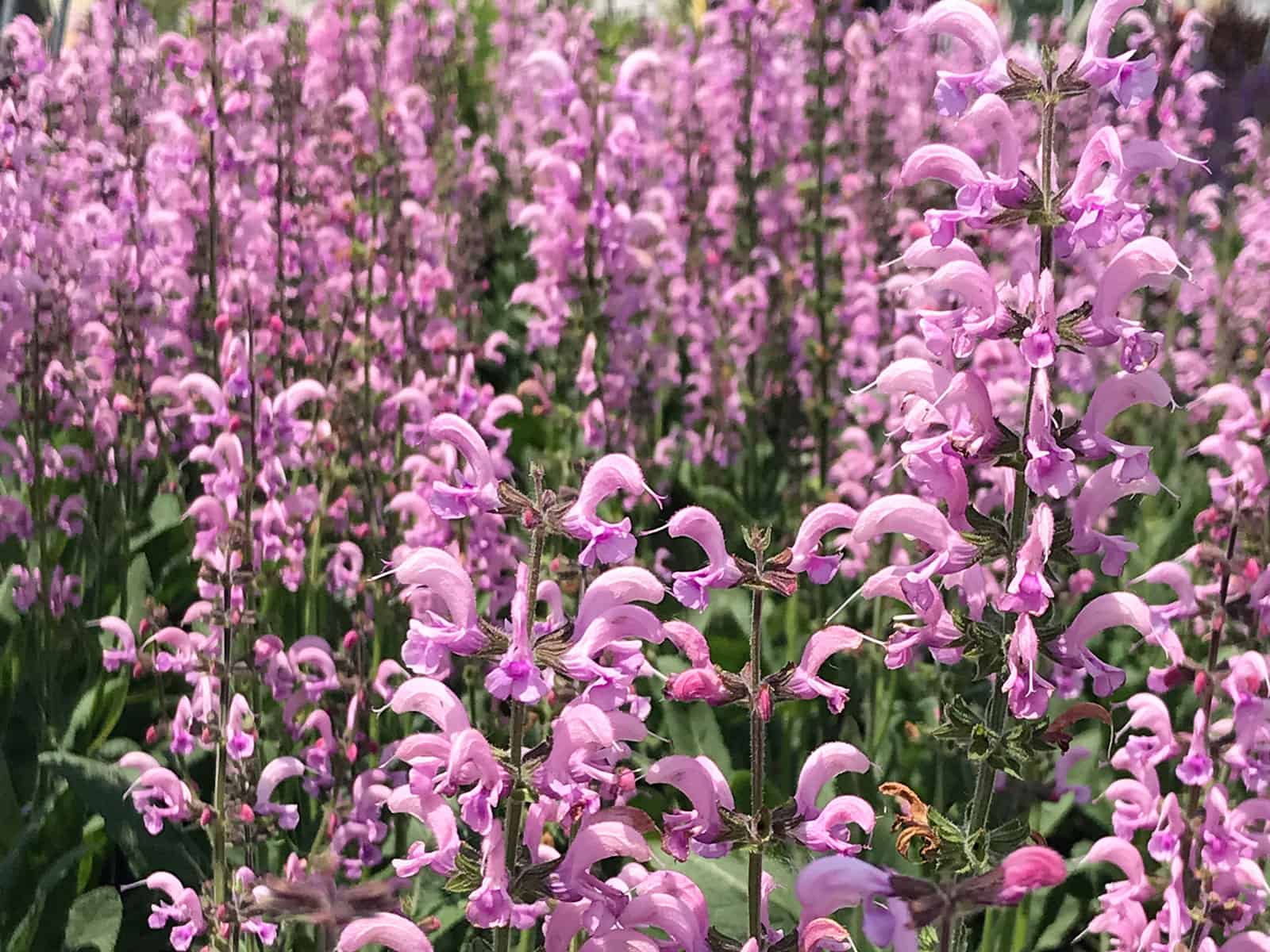
This beautiful pink sage was selected by plantsman Piet Oudolf, from his own garden. These lavender pink spiky flowers are invaluable in the summer garden. They are drought tolerant once established and attract butterflies and hummingbirds!
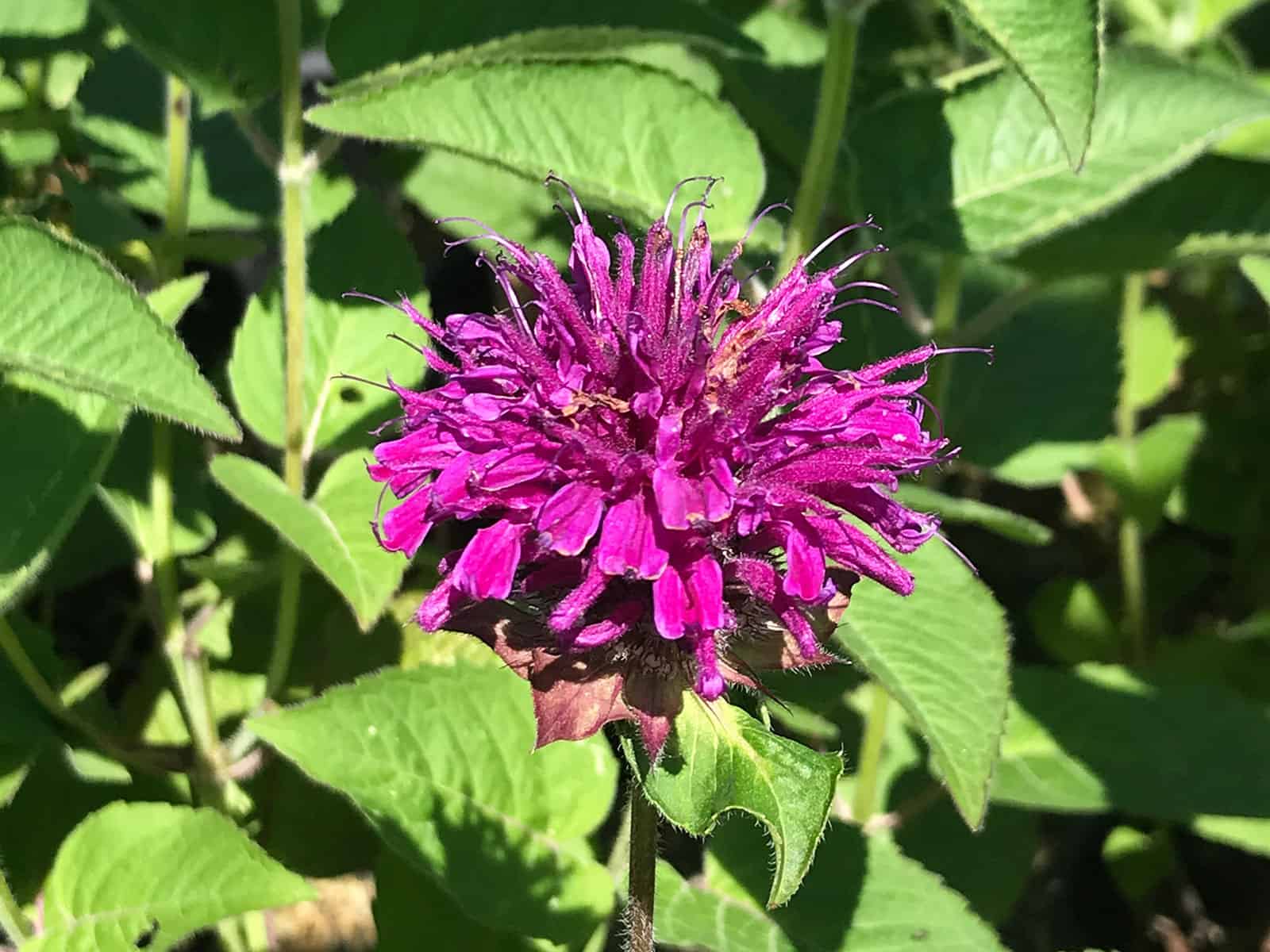
Monarda ‘Purple Rooster’ is one of the darkest and truest purple flowers around! Its upright, rigid stems create a strongly vertical aesthetic while the dull green leaves have a rough, sand-papery texture. Purple Rooster is very much so mildew resistant, which is a big plus when it comes to Beebalms! This cultivar was selected by The Flower Factory in Stoughton, Wisconsin and named by the owners David and Nancy Nedveck.
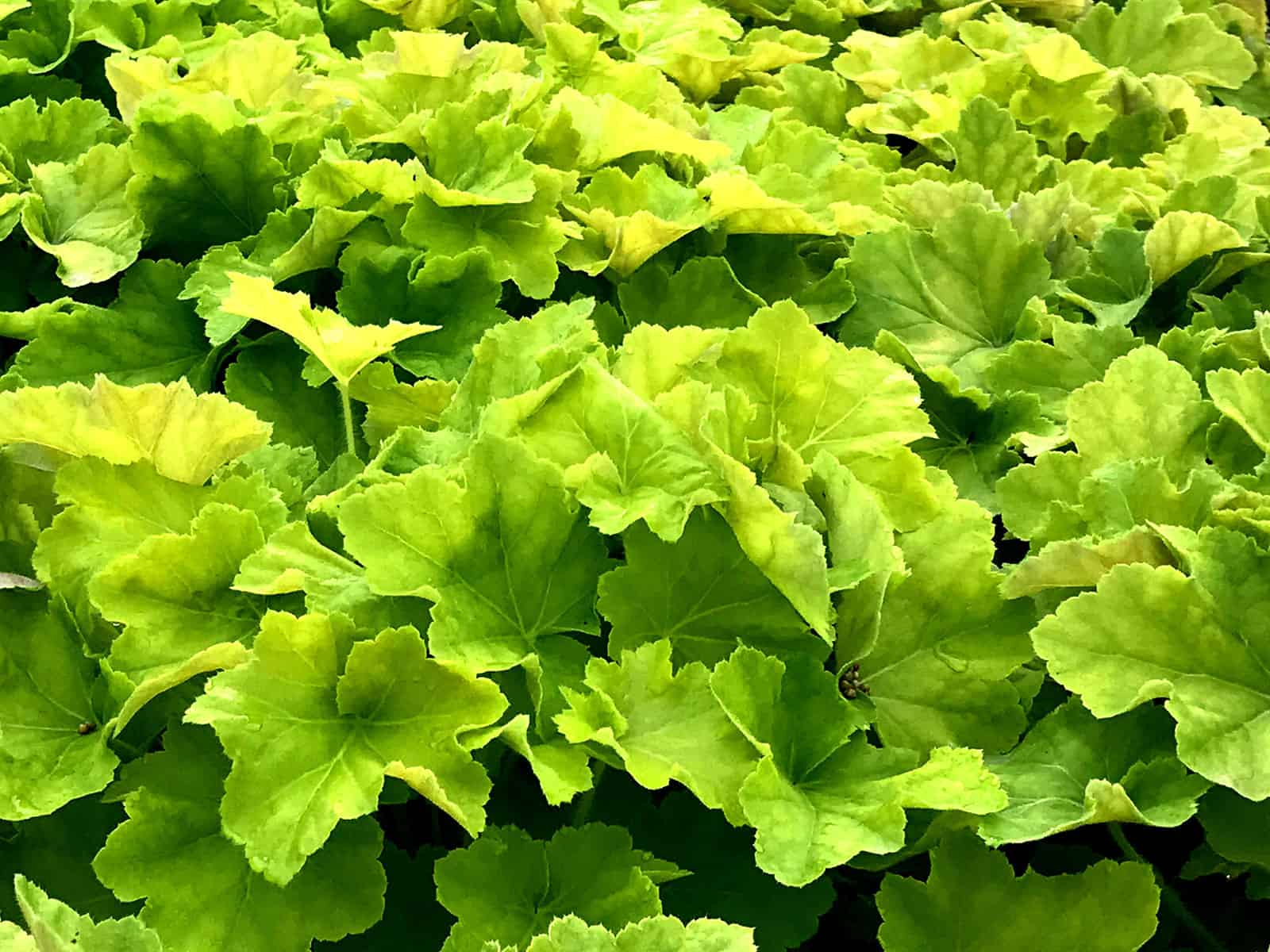
A stunning lime-yellow Coral Bell that can withstand the heat and humidity! Creamy white blooms add summer interest. They form low clumps of foliage that create a stunning contrast in the garden. Great for perennials borders and containers.
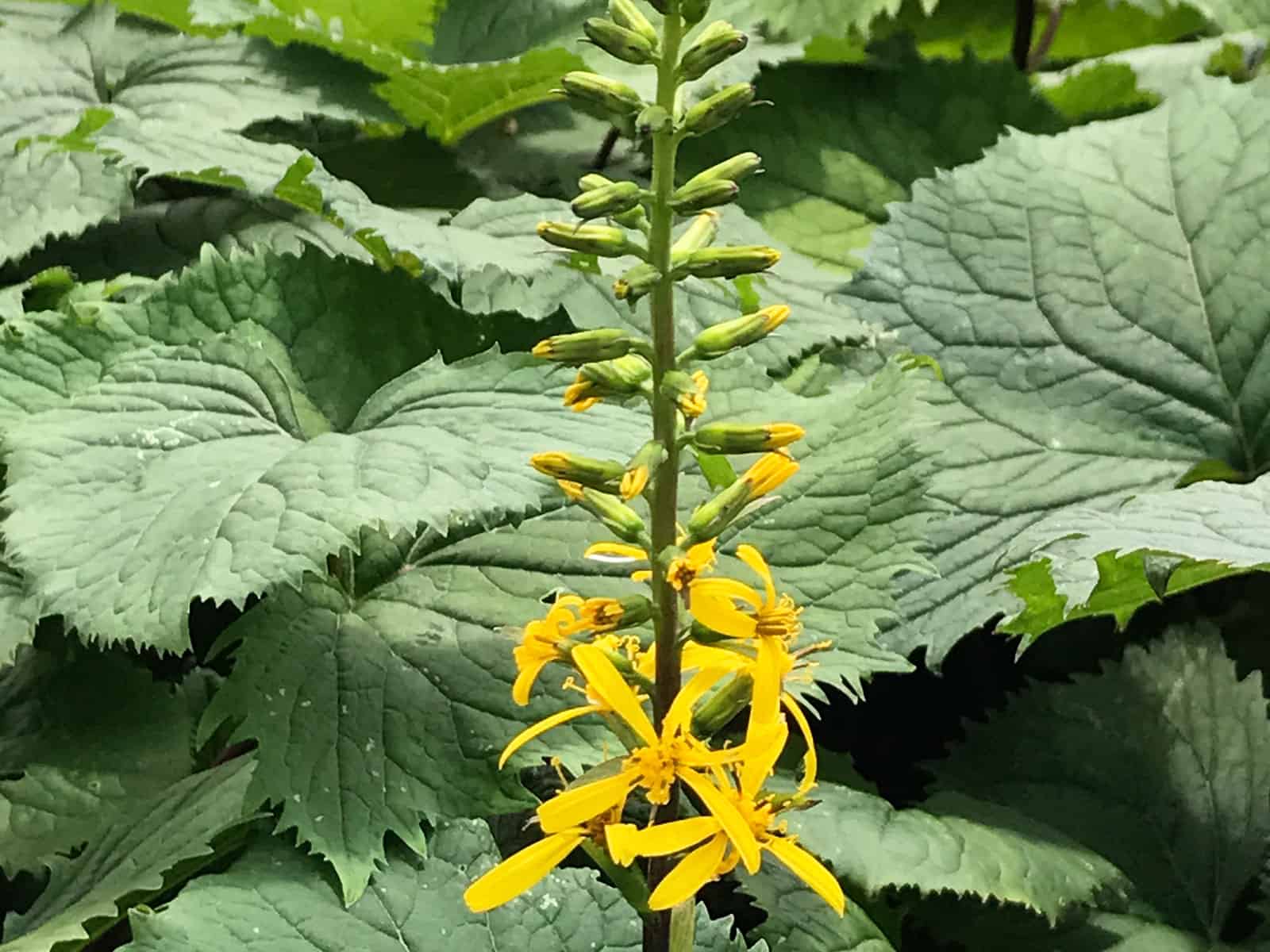
Ligularia ‘The Rocket’ is a stately plant with very tall, 5 to 6′ golden yellow flower spikes that rise up high over large, serrated green foliage. This variety needs constantly moist to wet soil for best growth but is spectacular in the right situation. The foliage will wilt during the heat of the day or if the sun hits it, but this is a natural reaction that doesn’t always mean they are dry. If they don’t recover as it cools in the evening check the soil moisture and then water deeply if needed.
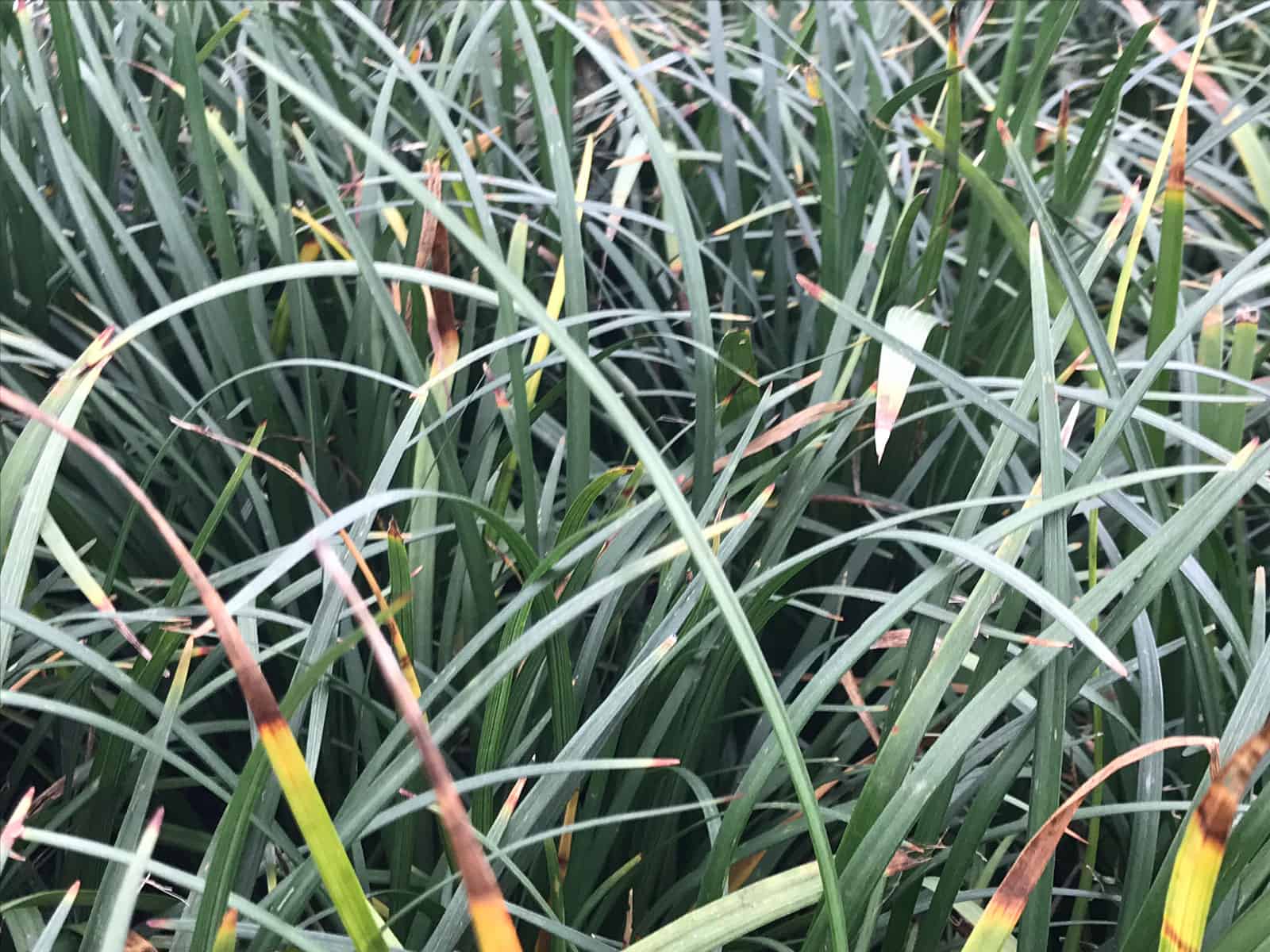
Liriope spicata is a species of low, herbaceous flowering plant from East Asia. Common names include creeping lilyturf, creeping liriope, lilyturf, and monkey grass. This perennial has grass-like evergreen foliage and is commonly used in landscaping in temperate climates as groundcover. Creeping lilyturf has white to lavender flowers which produce single-seeded berries on a spike in the fall. It is one of the most popular groundcovers in the southeastern United States and areas with a similar climate.
Creeping lilyturf is a rhizomatous, grass-like perennial which forms clusters of narrow, arching, glossy, dark green leaves (to 1⁄4 inch (0.64 cm) wide) typically growing 9 to 15 inches (23 to 38 centimetres) high. Erect flower spikes with small, white to pale lavender flowers arise, somewhat hidden, among the leaves in late summer. Blackish berries develop in fall and often persist through winter. Roots have prominent rhizomes and frequent tubers. A cultivar exists with variegated leaves.
Creeping lilyturf looks very similar to another common species in the genus—lilyturf (Liriope muscari). Creeping lilyturf can be distinguished by its rhizomatous root system (in contrast to the diffused root system of lilyturf), its less prominent flower spike being partially within leaves (lilyturf has a longer spike extending well above leaves), and its generally narrower and shorter leaves when compared those of lilyturf.
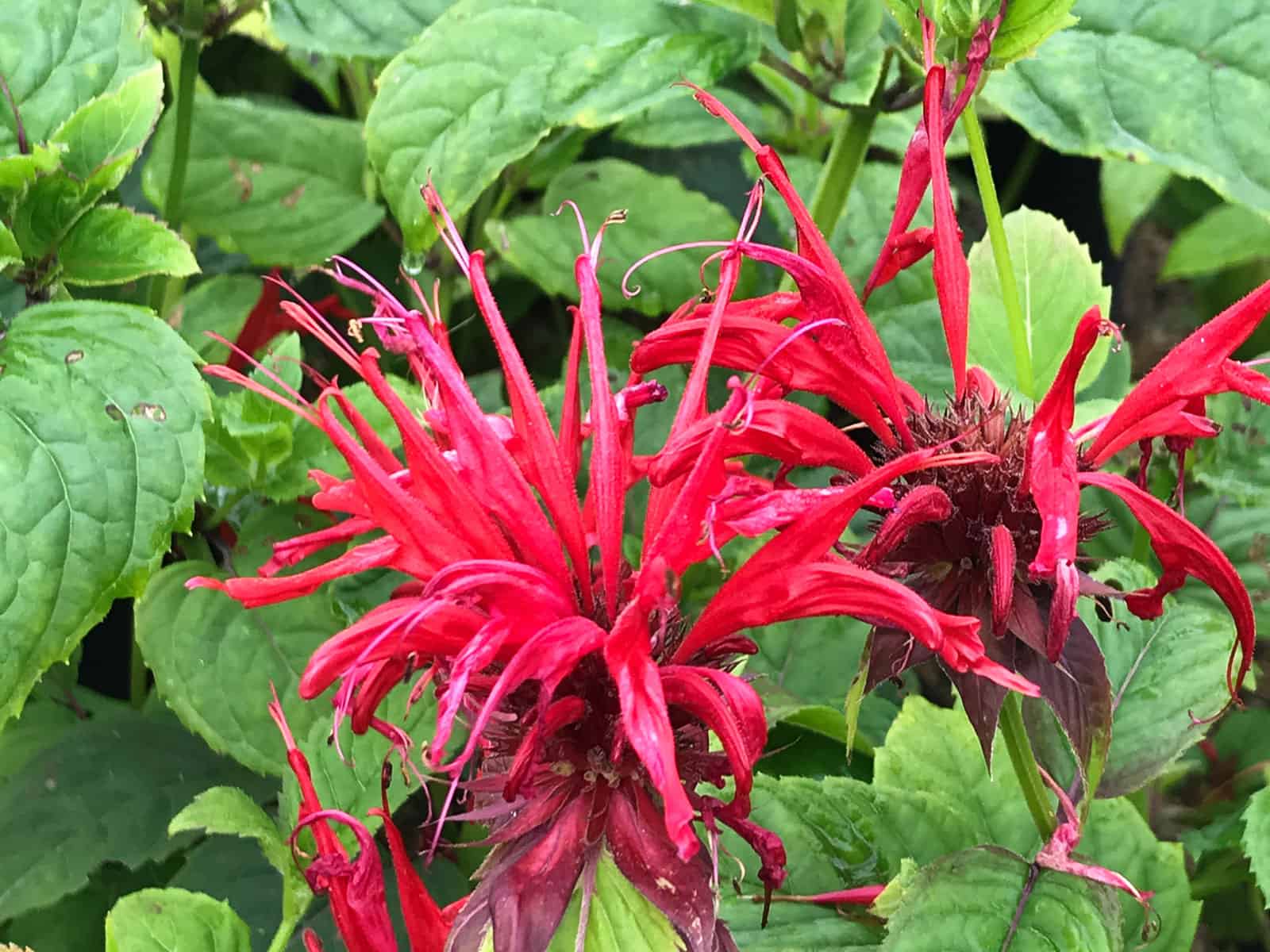
Jacob Cline Beebalm (Monarda Jacob Cline) is one of our most spectacular native Beebalm hybrids with heads of long tubular deep red flowers. Discovered in a Georgia garden, it has excellent mildew resistance and blooms for a month or so in mid-spring.
36-48″ tall x 36″ wide. With its spectacularly large, deep-red flowers, vigorous growth habit and mildew-resistant foliage, ‘Jacob Cline’ is a must for the perennial border. Planted into a compost-enriched soil with regular irrigation, this big boy will form impressive clumps that should be divided every 3rd year to keep it vigorous. Companion plant with Phlox paniculata ‘David’ for long-blooming summer color. (Cutting propagated.)
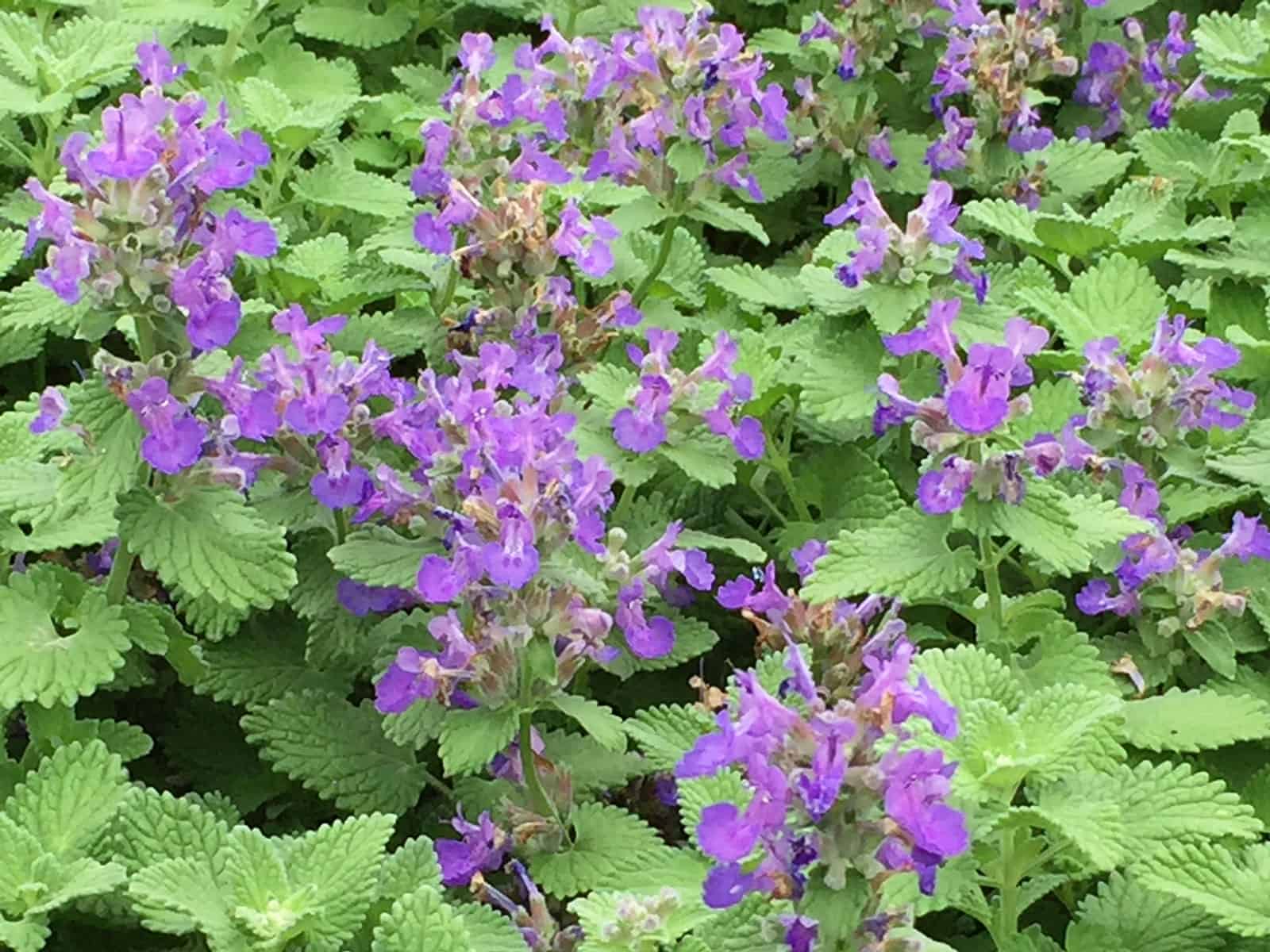
The Catmint ‘Little Titch’, ‘Nepeta ‘Little Titch’, is one of the smallest in the Catmint family. With a bloom time of May through September, it is more upright and compact than many on the market today.
‘Little Titch’ requires full sun and will tolerate morning shade. It has a plant height of 8-10″ and a plant spread of 12-15″.
The abundant lavender blue flowers have light fragrances with mid-green leaves.
Use ‘Little Titch’ in front of border, as an edging plant, or in rock gardens.
This Nepeta is drought and seaside tolerant and attracts hummingbirds.
For best results, deadhead after each bloom time. This plant was discovered at Four Seasons Perennials in Great Britain.
This plant may also be known by its common name, Persian catmint.
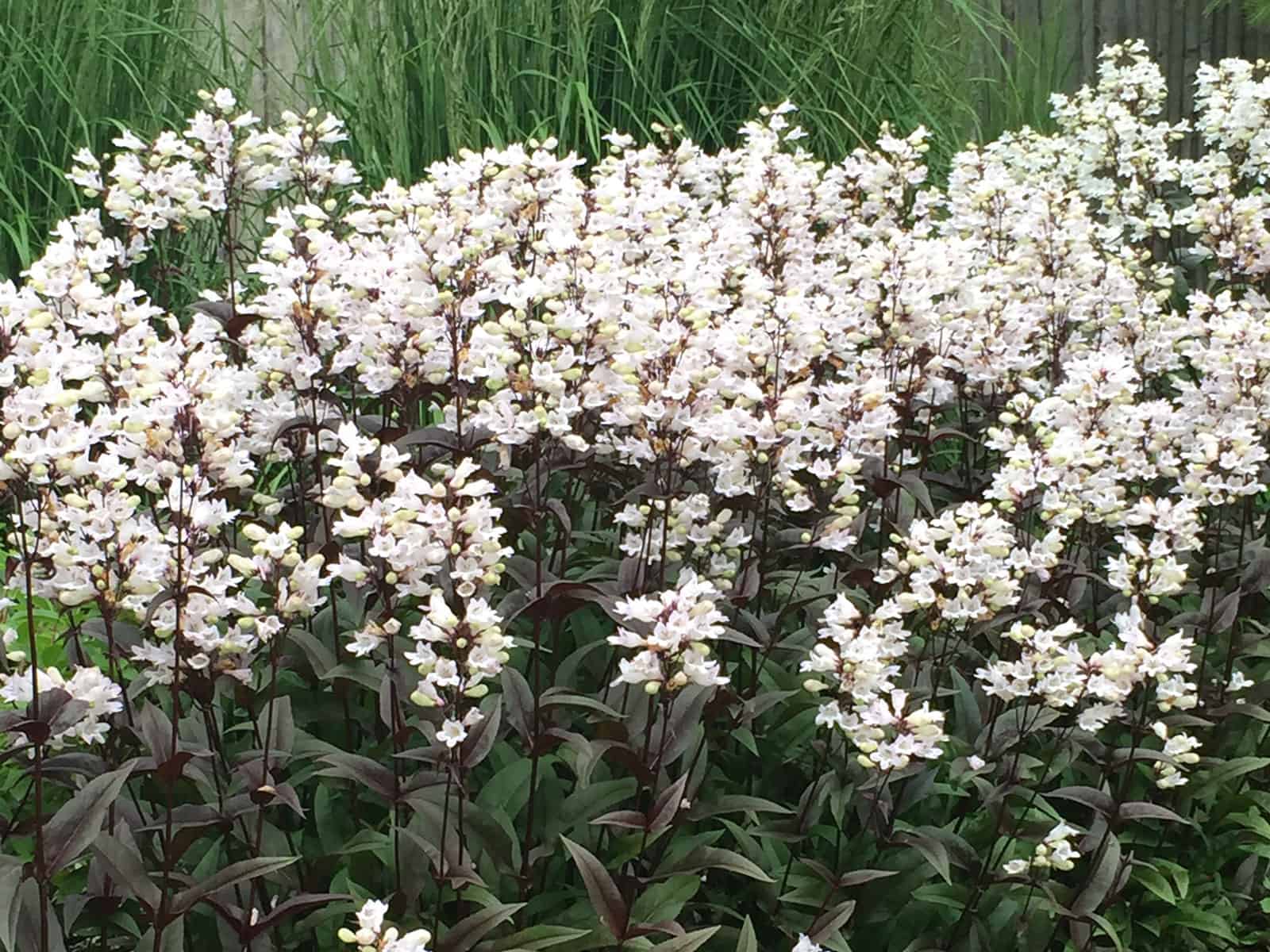
Developed at the University of Nebraska, this is an outstanding taller selection for the middle to back of a sunny border. It forms a mound of deep purple-red foliage, bearing spikes of bicolor soft and deep-pink bell-shaped flowers in summer. An easy border plant, also tolerant of heat and humidity. Terrific as a cut flower. In particularly rich soil this may need to be staked. A 2008 introduction from TerraNova Nurseries in Oregon. USPP#20013: unlicensed propagation prohibited. Registered with COPF.
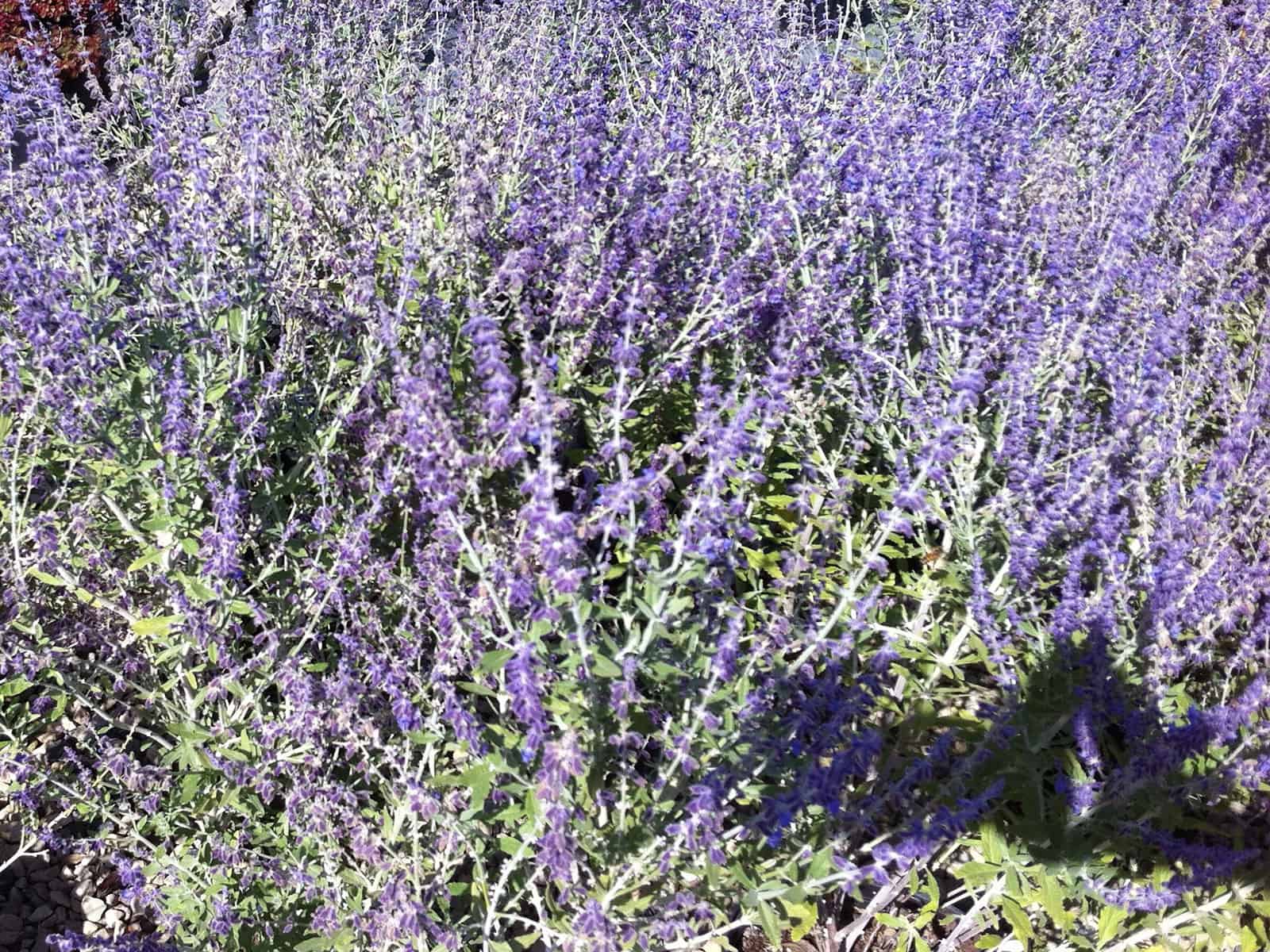
Culture: Easily grown in average, dry to medium, well-drained soils in full sun. Sharp soil drainage is especially important. Avoid wet, poorly drained soils. Plants have good drought tolerance. Best flowering occurs in full sun locations. Stems are more likely to flop if plants are grown in part shade. Cut back plants almost to the ground in late winter to early spring as soon as new growth appears.
Although the taller species sometimes benefits from a spring pinching to control height, this small cultivar performs well without pinching.
Noteworthy Characteristics: Perovskia atriplicifolia, commonly called Russian sage, is a woody-based perennial of the mint family which typically grows 2-4′ (less frequently to 5′) tall and features finely-dissected, aromatic (when crushed), gray-green leaves on stiff, upright, square stems and whorls of two-lipped, tubular, light blue flowers tiered in branched, terminal panicles (12-15″ high). Long summer bloom period. Perennial Plant Association Plant of the Year (1995).
Genus name honors Russian general V. A. Perovski (1794 – c. 1857).
Specific epithet means with leaves resembling salt-bush.
‘Little Spire’ is a compact Russian sage cultivar which typically grows to 2′ tall (species typically grows to 3-4′). It is a woody-based perennial of the mint family. Features finely-dissected, aromatic, gray-green foliage on stiff, upright, square stems. Whorls of 2-lipped, tubular, violet-blue flowers tiered in branched, terminal panicles appear over a long summer bloom. Silvery foliage can provide good winter interest in warm winter climates.
Problems: No serious insect or disease problems. Plants tend to sprawl or flop over as the summer progresses.
Garden Uses: Mass or specimen in borders. Provides long summer bloom for the perennial border. Contrasts well with both pink (e.g., phlox, mallow or roses) and yellow (e.g., rudbeckia) perennials.
Edger along paths. Gray-green foliage and blue flowers provide good texture, color and contrast to many other summer blooming plants.